- Cardiac Arrhythmias
- Cardiac problem with the rate or rhythm of the heartbeat.
- Peripheral Vascular Disorders
- A blood circulation disorder usually causes the blood vessels outside of heart and brain to block the vessels.
- Pulmonary Hypertension
- High blood pressure affecting lung s?arteries and right side of heart
- Cardiac Immunology
- Immune defense system to protect heart.
- Epidemiology and Preventive Cardiology
- Practice that aids promoting health and wellness for the cardiac disease patients during patients? recovery.
- Electro Cardiology
- Diagnosis and treatment of heart electrical activities.
- Invasive Cardiology
- Invasive cardiology uses open or minimally-invasive surgery to identify or treat structural or electrical abnormalities within the heart structure.
- Cardiac Anatomy and Physiology
- Biological study of heart structural and functional aspects.
- Vascular Biology
- Study of vascular system function, structure, growth, and development
- Traumatic Heart Diseases
- The condition of heart cease due to blunt or penetration trauma.
- Congenital Heart Diseases
- Heart defects since birth affecting normal heart working.
- Pericardial Diseases
- Inflammation or defects of pericardium layers.
- Geriatric Heart Disease
- Heart defects due to age in the elder people.
- Pregnancy and Heart Disease
- Affects, problems, and precautions of heart diseases during pregnancy
- Echocardiography
- Using ultrasound waves to investigate monitor the heart action
- Coronary Artery Diseases
- Coronary artery diseases and defects.
- Rheumatic Heart Disease
- Short term and long term heart diseases due to rheumatic fever.
- Cardiovascular Biology
- The study deals with structural, functional analysis of heart and its associated blood vessels.
- Cardiovascular Interventions
- Interventions in treatment for cardiac and vascular problems.
- Arteriosclerosis, Thrombosis
- Arteriosclerosis is the thickening and hardening of the artery walls in old age.Thrombosis is alocal coagulation or clotting of the blood in circulatory system.
- Cardiovascular Endocrinology
- Cardio vascular treatment by either blocking or enhancing different hormonal systems.
- Cardiovascular Therapeutics
- Drugs used for the treatment of cardiovascular disorders.
- Cardiac Surgery
- Surgical procedures in cardiovascular treatment.
- Cardiovascular Pharmacology
- The study of drug effects on cardiovascular system.
- Cardiovascular Disorders
- Cardiovascular defects and diseases.
- Cardiovascular Electrophysiology
- Physiological diagnosis and treatment of heart electrical activities
- Interventional Cardiology
- Study of advanced cardiac treatments such as catheter based treatment of structural heart diseases.
- All submissions will undergo vigorous peer review process.
- High quality review process.
- Permanent published archives.
- Author loyal benefits.
- Reviewer credits.
- Visible specified citations.
- Open access - Maximum dissemination.
- Un-interrupted author communication.
- Standard author guidelines.
- Minimal publication charges with convenient and safe modes of transfer.
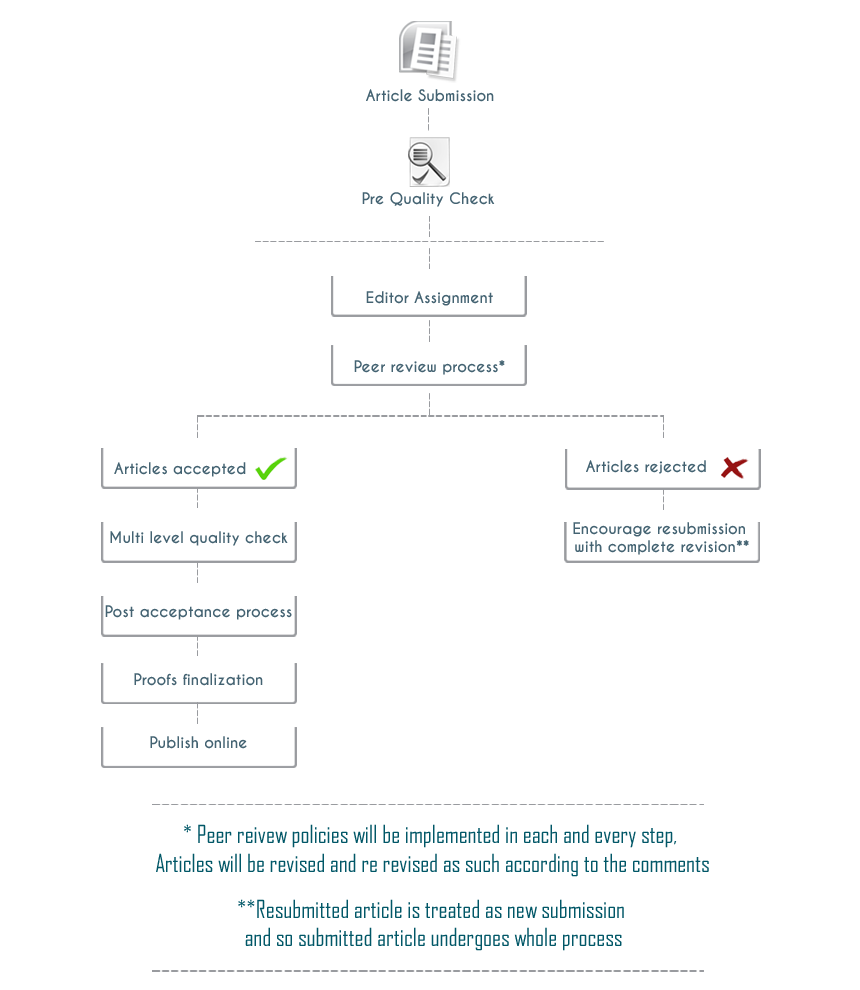
All Enliven Archive’s submissions will undergo a prescribed and detailed flow starting from receiving the article until publishing article online.
The process involves multiple steps including several quality checks to ensure the quality of the submissions. The article flow steps are divided into sectors while the sectors are predefined with sub sections to accomplish the sector vision.
- Pre-Assignment Process
- Plagiarism check
- Submission check
- Assignment criteria check
- Assignment Process
- Editor assignment
- Reviewer assignment
- Author notification
- Communication
- Author communication
- Editor communication
- Reviewer communication
- Acceptance Process
- Editor Decision
- Author Decision
- Post acceptance process
- Copy editing
- Page making
- Proof reading
- Galley proofing
- Online version
- DOI assignment
- Invoice process
- Quality Checks
- Article Campaign
1) Pre-Assignment Process:
All Enliven submissions will undergo critical analysis before assignment to editors, reviewers. Enliven Archive editorial staff does all preliminary tests to ensure the smooth and fast peer review process. Checking all the requirements before assignment will help the editors, and reviewers to concentrate on study without any difficulty.
a) Plagiarism Check:
Each submission process will start with plagiarism check with standard plagiarism tools to avoid publication of pre published submissions elsewhere.
Journal does not allow duplicate submissions. Journal allows seven percentage of plagiarism. Authors should cite the references in the case of self-plagiarism.
Submissions should not contain any false data; instead, authors should cite for any used figures, tables, and other data. Authors should have copyrights transferred in specific cases.
b) Submission Check:
Journal examines all inflow submissions for the required sections. Enliven Archive’s editorial staff checks the content before proceeding to further step.
Submission check involves in evaluating the basic requirements to process the submission for peer review. Editorial check list includes
I) Unique title for the submission
II) Relevancy of title for the subject of the submission
III) Submission process in correct field of journal
IV) Proper corresponding author details
V) Presence of all required segments as per the submission
VI) Presence of cited figures, tables, and references in text and vice versa
VII) Authors requests such as suggested or opposed reviewers
VIII) Fundamentals like legible reference formats
Completing the first level checks, submissions will be eligible to proceed for peer review process.
c) Assignment Criteria Check:
Editorial staff performs a keen check before assigning the submission to editors and reviewers. Criteria check includes
I) Enliven Archive checks for subject field of the editor, reviewers to make certain that correct person will be a critique for the submission.
II) We follow affiliation comparison of editor with authors’ to make sure that editor with high cadre to authors will handle the submission.
III) We perform geographical comparison of editors’ with authors’ to get rid of any language problems.
2) Assignment Process:
Submissions completed with all preliminary checks from Enliven Archive’s editorial staff will proceed with peer review process. Journal handles a prescribed and well streamed peer review
process where the review process consists of different modules to assure the quality of the submission.
a) Editor Assignment:
Editorial staff takes all concern to select a correct editor based on preliminary checks of the submission. An editor that shall come under the criteria as per the submission will be assigned to handle the peer review process for the submission.
Journal strictly follows editors’ criteria as discussed above. Editor will be assigned with full length article along with all supplements from author and an electronic review form to convey the comments to authors.
Electronic review form consists of all details that bodes editors to handle the peer review process. Electronic review form also facilitates editors to convey their comments and decision to authors.
Editors may assign reviewers based on their availability or can make use of editorial staffs’ support to do so. Editors take decision based on two reviewers’ comments and will suggest authors for any further revisions.
Any further revised versions will be re-assigned to editors. Editors take final decision based on the revisions and replies according the review comments.
b) Reviewer Assignment:
Editors either with the support of editorial staff or by themselves will assign the reviewers for the submission. Individuals those who come under the subject of submission, those who are external from the author group will be chosen as reviewers. Each submission will be assigned to minimum of five different reviewers.
Abstract of the submission will be sent to reviewers to check the availability to handle the submission. Upon the response, reviewer will be assigned with full length article along with all supplements from author and an electronic review form to convey the comments to authors.
Electronic review form consists of all details that bodes reviewers to handle the peer review process. Electronic review form also facilitates reviewers to convey their comments and decision to authors.
Reviewers can comment the submission with possible checks where the decision on submission will be according to the editor and editorial staff.
c) Author Notification:
Editorial staff will update the authors timely with multiple steps the submission undergoes. Authors will be notified with acknowledgement once the peer review process starts.
Further requirements, comments, and any queries from editors regarding the submissions will be communicated with authors.
3) Communication
Journals’ editorial staff takes sole responsibility to convey the timely communication among editors, reviewers, and authors. As the submissions get processed in various steps, editorial staff conveys the timely acknowledgements and notifications for transparent and well organized process.
a) Author Communication:
Journal examines for legible corresponding author details for each and every submission to convey the timely concerns regarding the submission.
Author communication starts with author acknowledgement for the submission. Authors get continuous notifications stating all the possible steps the submission goes through.
b) Editor Communication:
Journal editorial staff will be in contact with editor since the time of assignment to support and assist in all possible ways. Editors will be conveyed, reminded, and addressed to have a track of assigned submission.
Editorial staff maintains the reviewer comments and convey them to the handling editor for decision. Editors receive editor notifications to perform their act to process the submission.
Editors’ final decision will be the final mark to convey the result to authors. Editors have rights to decide the status of submission based on the process.
c) Reviewer Communication:
Editorial staff will stay in contact and will be available for reviewers to address the queries. Reviewers receive timely reminders if the submission is not processed with comments according to the prescribed timeline to maintain the fast review process.
Reviewers receive the replies to the raised comments, queries upon the editors’ decision. Reviewer notifications include the information regarding the reviewer credits to claim the credits based on the review process.
4) Acceptance Process
Journal accepts the submission upon completing the strict peer review process with prescribed steps to assure the transparent review process. Final acceptance of the submission will be based on the editors’ and authors’ decision after peer review process completion.
a) Editor Decision:
Editor will approve the submissions’ final acceptance based on the review comments, revisions, and replies to reviewer comments. Editorial staff finalizes the decision upon receiving the editors’ approval.
Editors’ may either accept the submission to publish online or may reject the submission. Based on the editors’ decision, journal either processes the submission further or encourages the resubmission of rejected versions and restarts the entire process accordingly.
b) Author Decision:
Authors receive timely notifications and post acceptance process starts once the final disposition regarding the approval of submission to proceed further upon receiving from authors.
It is mandatory for enliven submissions to receive both editor and author acceptance to proceed with publication.
5) Post Acceptance Process:
Enliven Archive’s editorial staff proceed with post acceptance process after receiving the final dispositions from editor and authors. Post acceptance process involves the critical steps to publish the submission.
a) Copy Editing:
All submissions will be copyedited retaining the original processed submission. Copyeditors will check for style, format, and language of the submission to enhance it with all required editions.
All submissions will be converted in to unique journal format to maintain the uniform archives for journals. Copyeditors notify the changes and gets approval for them to ensure the quality of submission.
b) Page Making:
Submissions done with copyediting will be built in to PDF versions according to the distinctive journal style. Page makers and graphic designers will convert the submission in to elevated versions to showcase and beautify the content.
Alignment of text, images, tables, other supplements, and references will be according to the journal format. Creating the PDFs follows strict rules to avoid any misplacement and omission of author content.
c) Proof Reading:
Proofreaders compare the PDFs with the copyedited versions to check for content misplacement, omissions, and placement of supplements as per the text citations. Proofreaders confirm the content and revert with corrections to be made in built PDFs.
Proofreaders check for font styles, font alignments, special symbols, and several minute parts to ensure the identity of the submission.
d) Galley Proofing:
The final proof read PDFs will be sent to authors for any changes and further corrections as a part of galley proof. The PDFs will be finalized by correcting the submission with galley proof corrections.
Author approved PDFs with no further corrections will be sent for online publishing formats.
e) Online Version:
The technical team converts the final author approved PDFs to HTML versions. All HTML versions will be in unique format to have uniform archives.
Journal archives contain HTML versions that consist of navigations and each submission will be provided with unique URL to access.
The HTML versions will be used to maintain the submissions in online archives and issues.
f) DOI Assignment:
Enliven Archive is a member of CROSSREF and all submissions will be assigned with unique DOI (Digital Object Identifier) after completion of online process.
Journal articles can also be retrieved with the aid of DOIs.
g) Invoice Process:
Journal being an open access, does not receive any funding apart from the publication charges. Submissions will be raised with estimated minimal invoice after completion of whole article process.
6) Quality Checks:
Submission undergoes multiple quality checks in the entire described process. Enliven Archive follows the quality checks to avoid any disturbances with the submission content in multiple levels.
The quality checks are done at following stages:
I) Preliminary check before assigning the submission
II) Revised version content check according to the review comments
III) Cross check of copyedited content with the original submission
IV) Comparative content check with copyedited content to PDF
V) Proofreading the PDF with submission for fonts and styles
VI) Galley proof check to ensure the author corrections
VII) Comparison of HTML version with final approved submission
VIII) Online URLs check to avoid any dead links
IX) DOI check to assure the assignment
X) Archival check with all the converted versions
7) Article Campaign:
Journal campaigns and circulates the article along with all the URLs and versions upon completing entire process. Article campaign assures the circulation of article to related group of study community. As the journal is open access, the reader count will be high and hence the citations.
Dr. Constantine Kosmas
Gangjian Qin




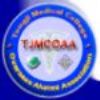
Giuseppe De Luca
kartikeya bhargava





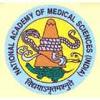

Manish Bansal


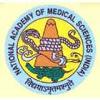
Mazin Al Salihi

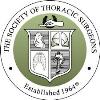

Ming-Yow Hung
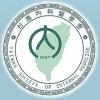



Naranjan S. Dhalla
Rahul Mehrotra



Ryuichi Morishita










